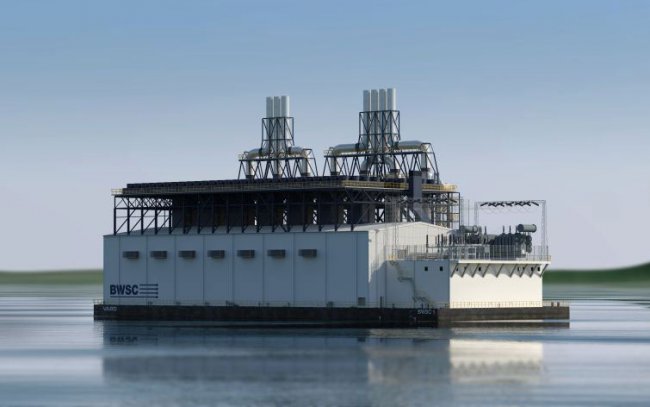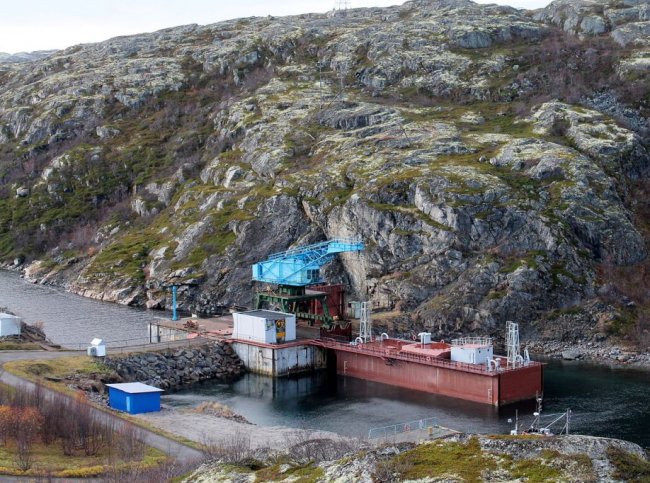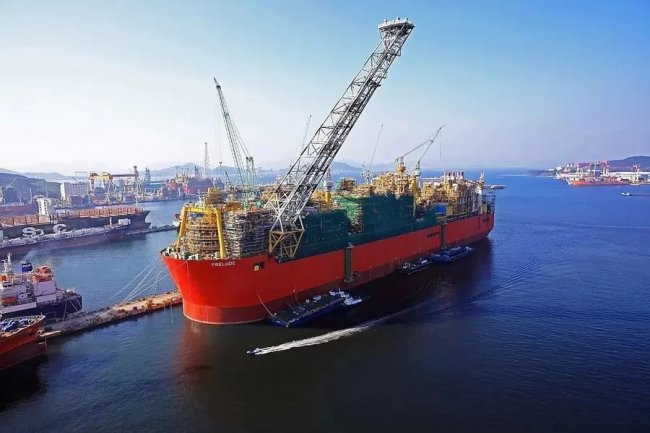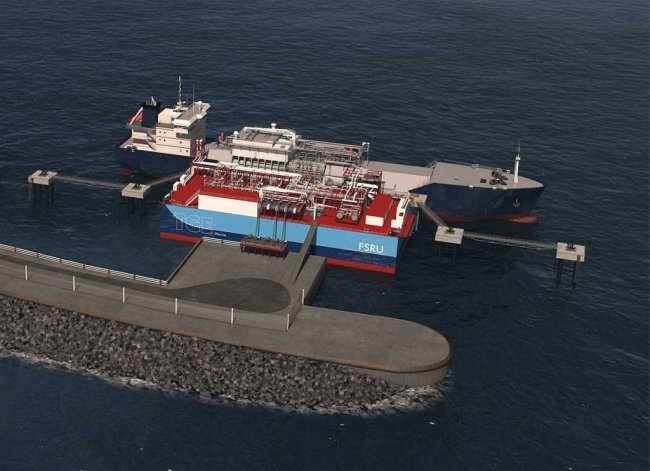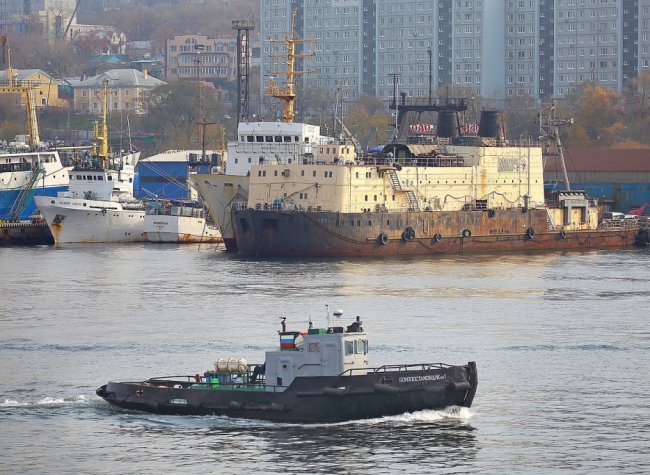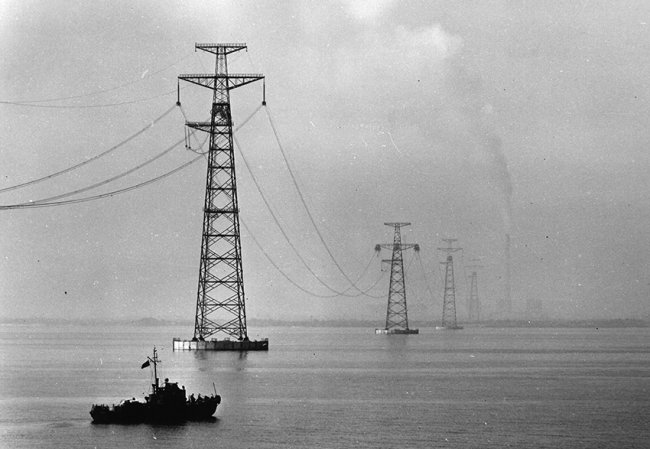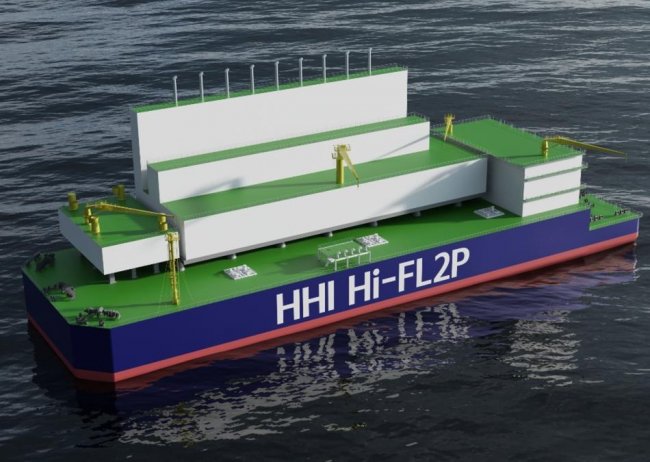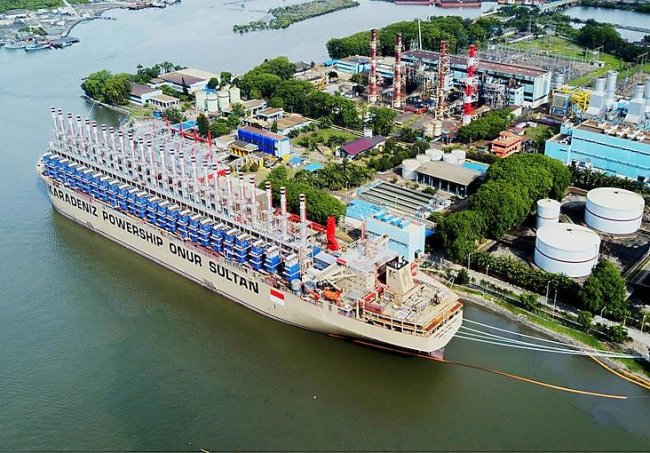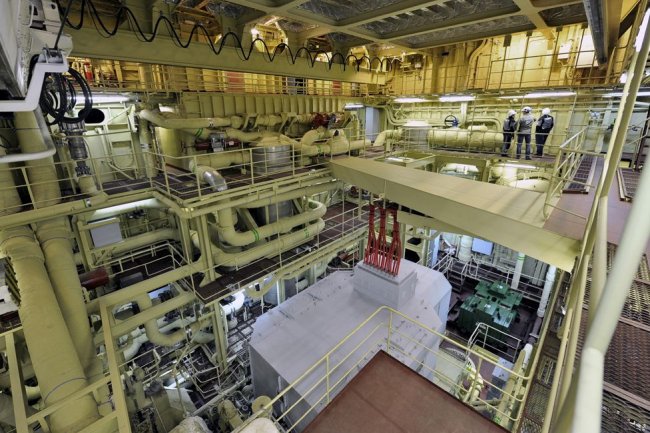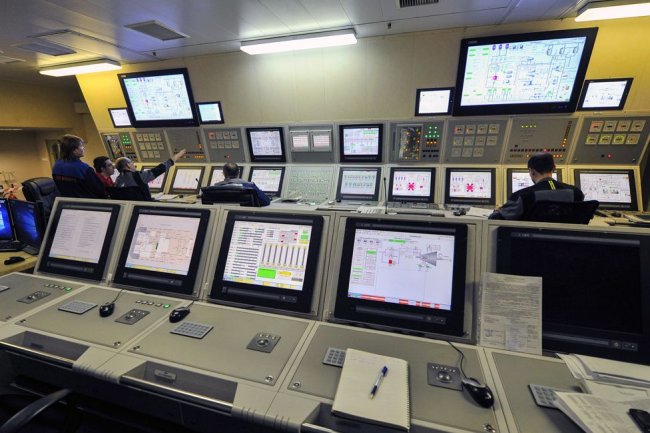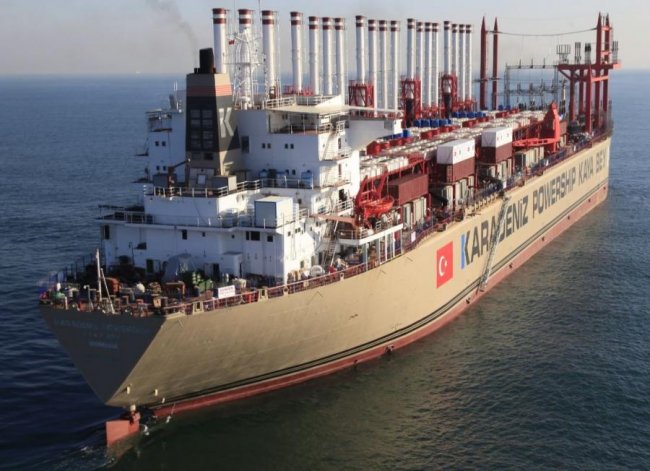Floating industrial installations and ships
In a rapidly changing world where politics and climate change, as well as the depletion of raw materials, can hinder investment in fixed land-based enterprises, the concept of flexible floating enterprises is becoming increasingly attractive.
Floating Enterprises (Factory Ships) can be defined as a vessel on which some manufacturing process takes place, as opposed to vessels used exclusively for the carriage of goods.
A corporate ship
It may seem that floating bases are useful only in special - exotic conditions. This is not true. The water surface is an ideal construction site where any industrial facility can be built in a matter of months, not years.
A pioneer in a number of large industrial facilities built in the form of large blocks of water synthesis was Kislogubskaya tidal power station, commissioned in 1968 (LB Bernstein design).
Then a block weighing 5 thousand tons was erected near Murmansk in a special pit, and then, complete with equipment, it was delivered by sea to the installation site 90 miles away and flooded.
This operation could have gone unnoticed if a tidal station had not been put into operation a year earlier in France, built by conventional methods, in a pit separated from the sea by a powerful dam. Its price was three times higher than the cost of building similar facilities, which immediately called into question the use of tidal energy.
And in the Soviet Union, a similar structure is put into operation at a lower price. Construction experience immediately became the center of attention, they began to imitate him.
Kislogubskaya TPP
Japan has the richest experience in creating floating enterprises today, its companies have launched dozens of objects.
Among them are floating power plants, petrochemical plants, oil and oil gas refineries, seawater desalination plants, polyethylene plants, paper mills and others.
All types of floating businesses are offered by companies from Sweden, Finland, Norway, Germany, Italy, France and the USA.
Shell Prelude Floating LPG Plant
Marine engineers have a lot to learn from their land-based counterparts. First of all — the compactness of the objects.
The company «Babcock Power» (Germany) already in the 80s of the XX century, on a floating self-lifting base with dimensions of 70x70 m, it placed all the equipment of the power plant with a capacity of 350 MW, residential blocks and equipment on the platform itself, including hydraulic mechanisms to lift four piers and a helipad. The mass of the structure is 9 thousand tons.
The floating power plant is installed in the North Sea 80 km from the coast and uses cheap gas from a shallow field.
On land, such objects "eat" 10-30 hectares of land, that is, they seem to spread over the surface. Water, on the other hand, predetermines the multi-storey structure: warehouses — under water, above water — several levels with equipment, residential and industrial premises. As a result, the required area for the facility is reduced by 15-40 times.
A floating factory in Japan
Here are some examples of floating factories built by the Japanese company IHI (IHI). All of them are distinguished by a high degree of compactness.
The thermal power plant with a capacity of 50 MW meets the needs of the city with a population of 100 thousand people. The modest 110×35 m barge is equipped with two electric generators with a maximum power of 34 MW, two steam turbines to drive the generators, two steam boilers with a capacity of 330 tons of steam per hour, running on liquid or gaseous fuel, and a set of auxiliary systems.
A natural gas-fired desalination power plant is moored offshore to supply power and water to the industrialized city of 100,000 people.
Six desalination plants with a total capacity of 120 thousand tons of fresh water per day, six steam boilers, electric units with steam turbines with a total capacity of 300 MW, fresh water storage facilities, auxiliary systems and a residential block.
Nearby you can place an electricity consumer - a floating steel rod production plant. The dimensions of its base are 210x60 m.
Back in 1981, in Brazil, in a remote area on the coast of the Amazon, a paper mill and an associated power plant were launched aboard a ship.All elements of this plant are also built at the IHI plant in Japan. The vessel was designed to be used as a permanent fixture, it was placed in a purpose-built dock which was then drained away, leaving the barge mounted on stilts.
Most recently, a barge-mounted veneer plant opened in Ivory Coast. This barge was originally built in 1975 to operate in Cameroon and has since been moved to its current location, demonstrating the flexibility of floating factories that can be moved depending on the availability of raw materials and production processes.
The Soviet Union produces floating power plants "Northern Lights", pumping stations for oil pipelines, mechanical repair shops, oil depots, block pontoons with equipment for gas and oil fields.
PLES «Northern Lights-2» in Vladivostok
The towers of a unique power transmission line were built on the surface of the Kakhovskoe dam, a plant for processing sunken wood into chips, and a series of powerful drilling rigs were in operation for the development of oil and gas fields in the sea.
It supports the power line across the Kakhovskoe Dam
Floating enterprises are mainly established in shipyards where the technological process is well established. Experience in the construction of large blocks shows that labor costs are cut in half: the same forces manage to build twice as much. In addition, the cost of the object is reduced by 1.5 — 2 times, and the construction time is more than half.
Currently, energy workers, oil workers, gas workers, builders are ready to create various floating objects.
The main types of floating enterprises in our time:
1. Offshore oil industry has become a major user of floating processing units because it may be more efficient to locate processing of raw materials at source rather than on land, or because it may be easier to obtain a permit for processing at sea rather than on land .
2. Electricity production is becoming the main application for floating plants, partly because it may be advisable to have a floating plant to cope with the increased demand for electricity, but also because a floating plant can be built in a much shorter time frame.
A South Korean floating LNG power plant on a barge
Most of these floating power plants are based on pontoon barges because they are simple and cheap to build and do not have to withstand the harsh conditions of the open sea to operate.
However, the new floating propulsion systems developed for use in Indonesia are based on technology that allows the ship to sail to its destination under its own power.
The main advantage of such floating power plants is that they can be easily moved to a new location, while the new location only requires a shore connection and a jetty.
Karadeniz Onur Sultan, a 300-meter long ship with a power plant, occupies the area of three football fields
Energy ships, which can run on fuel oil and natural gas, play a unique role in a country where nearly 1 billion people do not have access to electricity.
The Indonesian government recently outlined its 2026 electricity plan.It said such mobile power plants are expected to play a role in supplying electricity to rural and remote areas of the country, where more than 2,500 villages are still not connected to the grid.
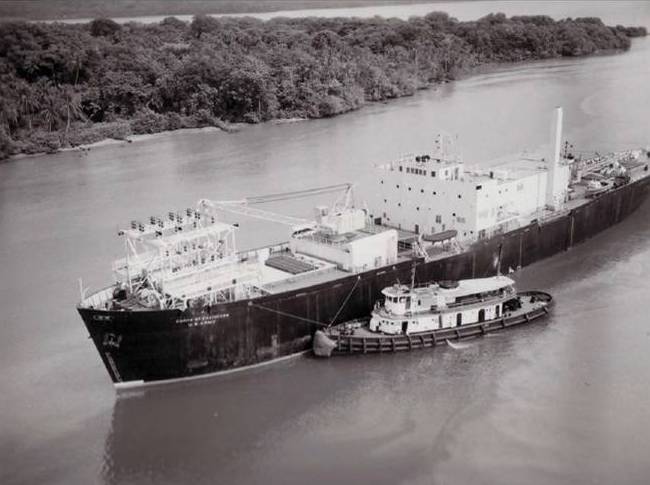
First floating nuclear power plant
The first floating nuclear powered ship was the USS MH-1A, which was used in the Panama Canal Zone from 1968 to 1975.
Using this concept, floating nuclear power plants are being built in Russia, and the energy obtained from nuclear reactors is used in the ice-breaking fleet. These installations on ships can also be used to provide heat and fresh water.
Central engine room of the Russian nuclear power plant "Akademik Lomonosov"
The central control point of the floating power plant
3. Regasification of liquefied natural gas is an area with significant growth potential, with already dozens of floating installations. Energy consultancy Douglas-Westwood estimates the industry could grow to $8.5 billion in the near future.
Turkish ship with LNG regasification system
4. Desalination, wind and tidal power plants offer further directions for growth in the floating factory sector.
In Greece, a floating desalination plant has been developed as a maintenance-free plant powered by a wind generator supplemented with solar energy. This plant produces up to 70 m3 of fresh water per day and it is estimated that the payback period of this plant can be three years. A floating unit that can generate electricity from both wind and underwater turbines has been developed in Sweden.
An indicator of the future use of floating factories is a study conducted by Innovia Technology for the brewery SAB Miller.
Faced with the uncertainty the brewing industry will face in the coming years, Innovia proposed a floating brewery on a ship that would allow the brewery to move to new locations as markets expand or contract.
Such a floating brewery would enable rapid expansion into new markets where the infrastructure available for a land-based brewery may not be available. This will further speed up the delivery of raw materials as they can be transported by water. The project is conceived as a fully autonomous plant with its own desalination and energy equipment.

